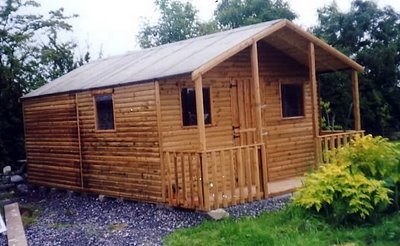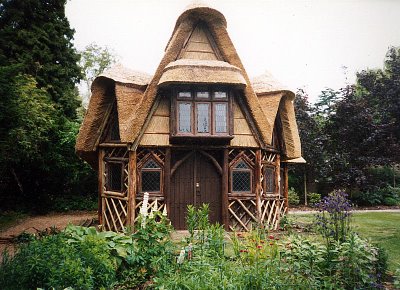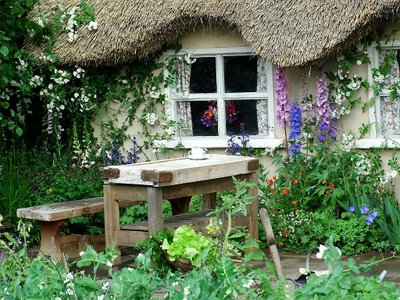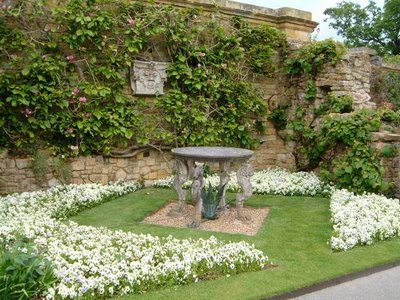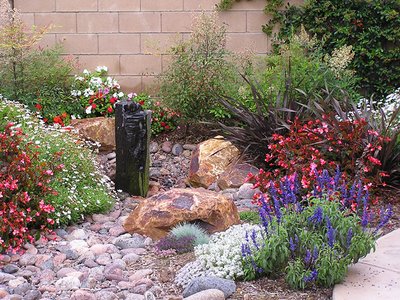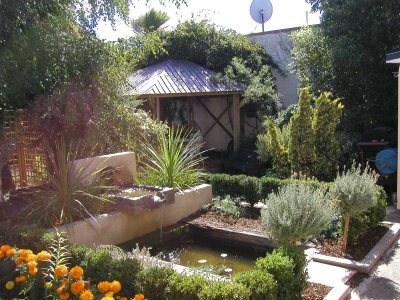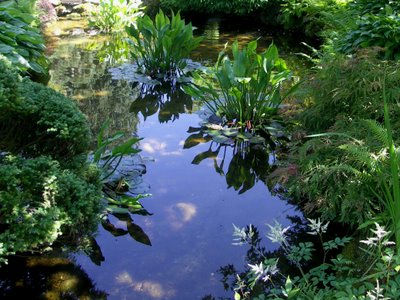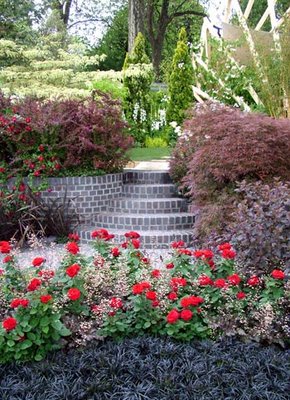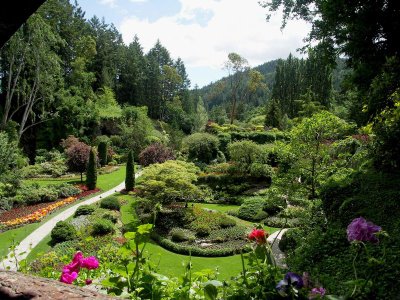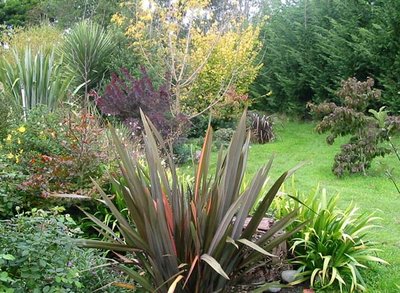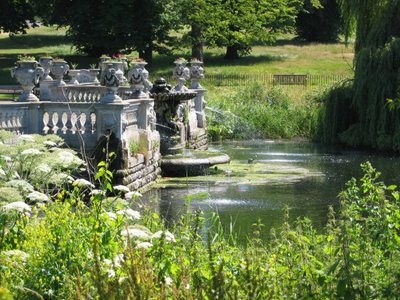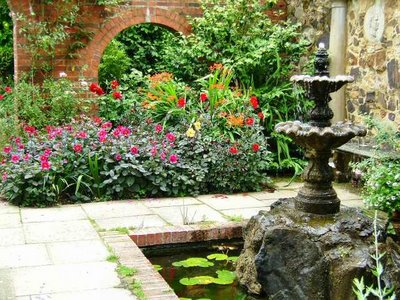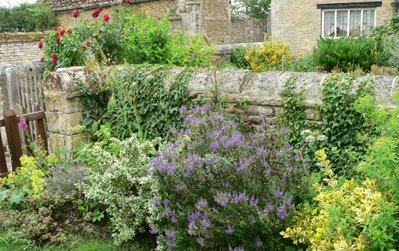High Rise Garden
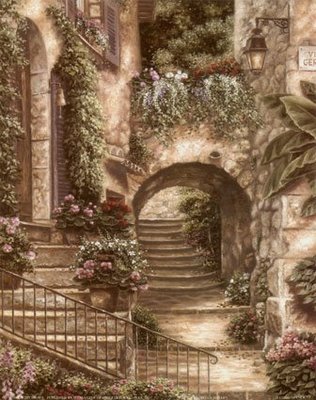
For many people who live in large cities, a garden close to home often remains an unfulfilled dream. Yet this need nto be the case; it is still possible to brighten their environment and bring a little bit of nature within their reach. It may call for a little more ingenuity, but it can be done!

Miniature gardens in the form of window-boxes, troughs, bowls, tubs and other containers placed on balconies, terraces, flat roofs, landings and close to house entrances can, and do beautify many of today's urban dwellings.
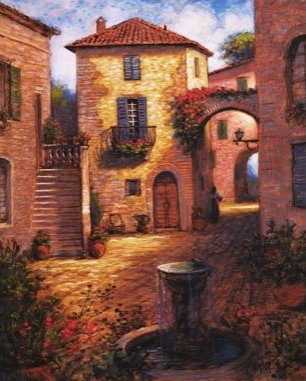
This type of gardening offers new possibilities for making use of numerous -- even less well-known plants. However, certain basic principles differing from the common practice of gardening must be taken into account.
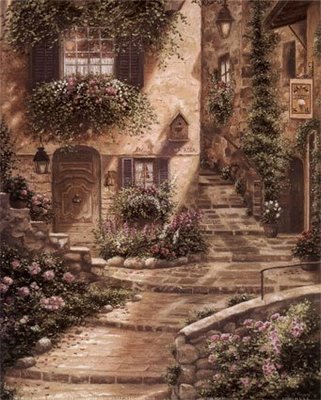
The aesthetic relationship of the chosen flower decoration with the various architectural elements is very important. Even the colour of walls to a certain extent influences the choice of plants to be grown. Clearly, a different plant will be chosen to complement a turn-of-the-century stone building than will be selected for a concrete block of flats, condominiums, or a modern family house with its own garden.

Thus for plants lovers staying in apartments, flats or condominium can also have their own garden. Many types of gardens can be created on balconies. With the addition of floral colours, a balcony becomes an entertainment center just right for relaxing. Turf, small shrubs, and dwarf trees can be used to create a suburban landscape in miniature above the ground. Balconies even offer the opportunity for food production, with flowering fruit trees and container-grown herbs and vegetables. ( condominiums point pleasant beach, NJ near bay head and Manasquan NJ 1 block from ocean, steps to NJ transit to mid-town Manhattan )
















